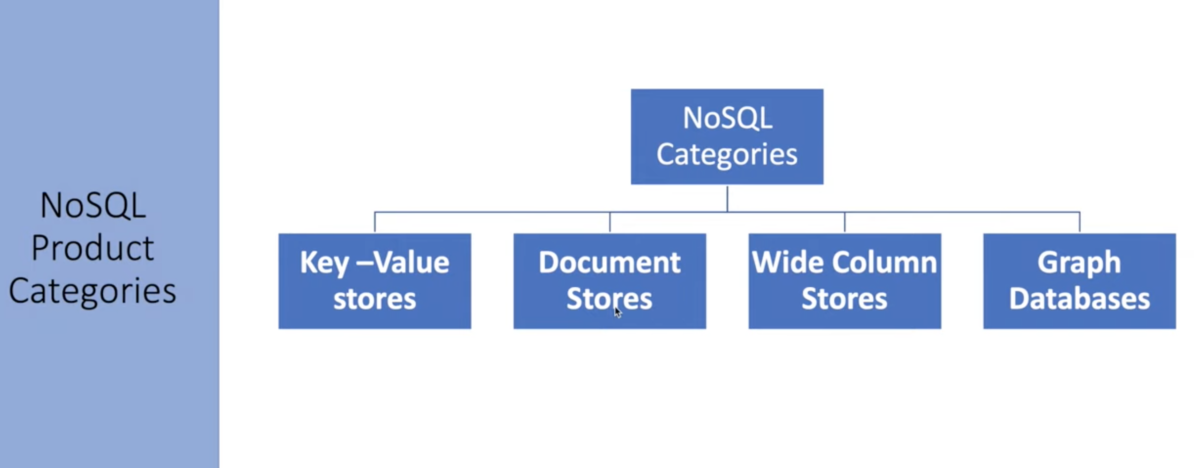Document Databases vs. Key-Value Stores
In the vast realm of NoSQL systems, two prominent storage mechanisms stand out: Document Databases and Key-Value Stores. But how do they differ, and which is suitable for your specific needs?
Dive in to find out the intricacies and pivotal differences between these storage frameworks.
Difference between Document Storage Systems and KeyValue Mechanisms
NoSQL systems offer various mechanisms, with Document Storage Systems and KeyValue Mechanisms being two predominant types. This examination focuses on contrasting these by highlighting their data models, querying capabilities, and practical applications.
What is a Document Storage System?
Document Storage Systems, unlike conventional tabular-based databases, retain records in document format. These records, often found in JSON, BSON, or XML formats, might consist of intricate nested configurations. This inherent complexity enables easy representation and querying of multifaceted datasets.
While they are advantageous for storing semi-structured records and guarantee swift performance, they might sometimes face constraints in advanced querying and consistent validation compared to their relational counterparts.

What is a KeyValue Mechanism?
Essentially, a KeyValue Mechanism retains records as distinct pairs of keys and corresponding values. Every key, serving as a distinct marker, fetches its associated value, which can be varied – ranging from simple text to numerical values or even detailed objects.
These mechanisms prioritize swift performance and scalability, making them ideal for scenarios devoid of intricate relationships, like caching or session-based storage. However, their simplicity might render them less effective for advanced queries or intricate relationships.
Document Storage Systems vs. KeyValue Mechanisms
While both are subsets of NoSQL frameworks, Document Storage Systems and KeyValue Mechanisms exhibit some contrasting features:
Record Retention:
- Document Storage Systems save records as documents, accommodating intricate nested configurations. These documents can vary in structural design and constituent elements;
- KeyValue Mechanisms, on the other hand, hold records as unique key-value pairs, wherein every key fetches a diverse range of values.
Query Potential:
- Document Storage Systems boast enhanced query potential, often inclusive of innate indexing and search capabilities.
- Conversely, KeyValue Mechanisms generally offer restricted query capabilities, often sidelining advanced search or indexing operations.
Record Configuration:
- Document Storage Systems present higher flexibility, catering to intricate record designs and inter-relationships;
- KeyValue Mechanisms stick to a straightforward model based on distinct pairs, usually sidelining complicated structures or relationships.
Practical Applications:
- Document Storage Systems are apt for retaining semi-structured or intricate records, like JSON or XML compositions, especially when intricate queries or relationships are anticipated;
- KeyValue Mechanisms are optimized for records that facilitate easy partitioning, like cached records. Their simplicity ensures ease of use, though they might fall short for complex queries or intricate relationships.
Conclusion
While both Document Storage Systems and KeyValue Mechanisms offer unique advantages in the world of NoSQL databases, their selection boils down to specific requirements.
Document systems are more versatile for multifaceted datasets and queries, whereas KeyValue Mechanisms shine in scenarios demanding simplicity and speed. Understanding their core differences and potential applications is pivotal to harnessing their full potential in any project or application.






Leave a Reply